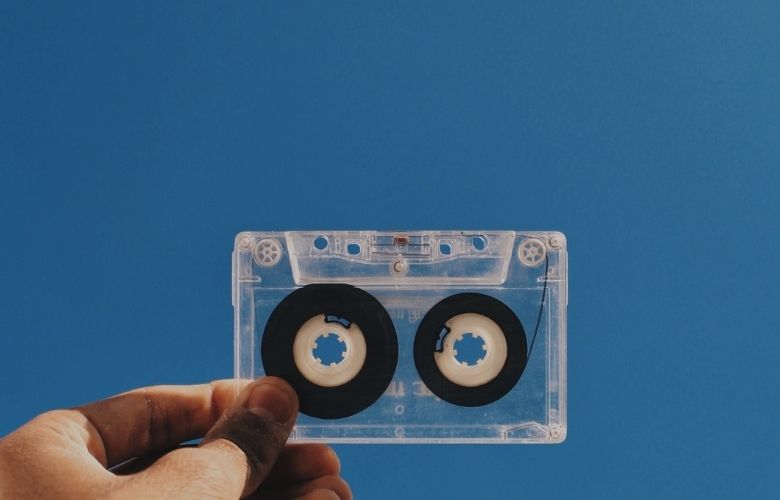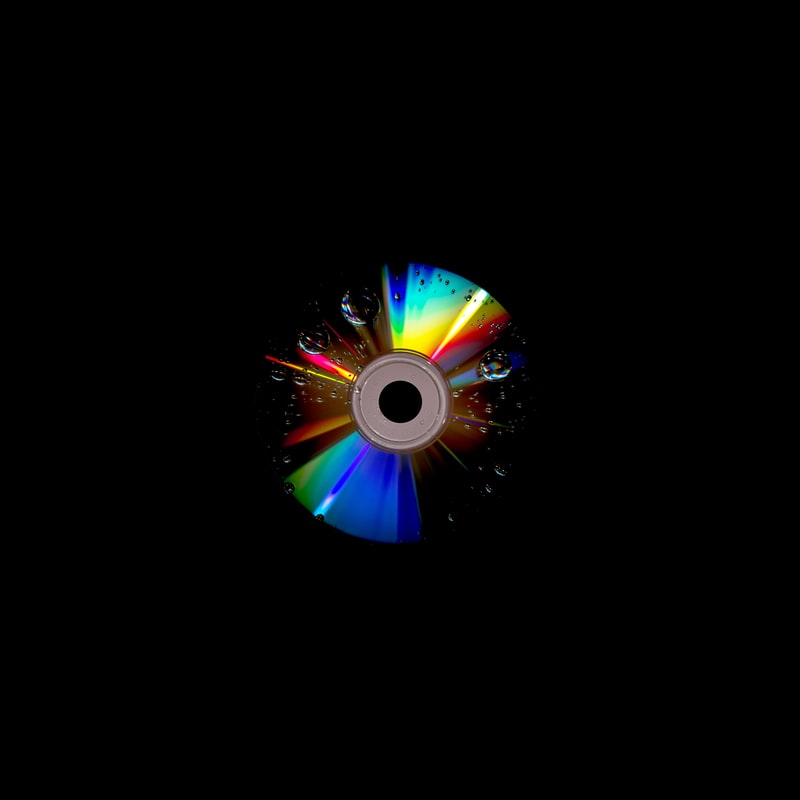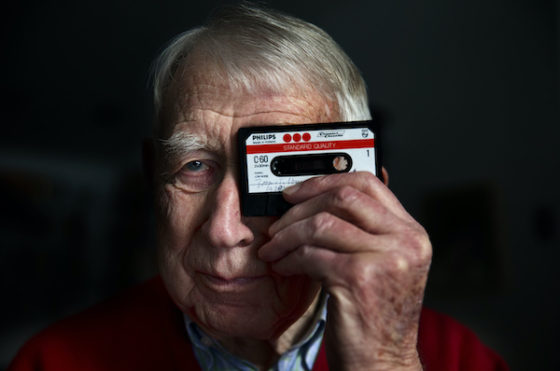
Lou (Lodewijk Frederik) Ottens the Dutch inventor who created the cassette tape, and was integral to the development of the compact disc, has died aged 94. He pioneered various developments in audio, changing the industry standards of music in the 20th Century through the decades.
Born in 1926, Lou demonstrated an early affinity for technology as a youngster, and first created a radio during World War II as a teenager. He used the radio to listen to Radio Oranje broadcasts, which was a Dutch radio programme on the BBC European Service broadcast to the German-occupied Netherlands during World War II. It was transmitted from London and broadcast programmes of approximately 15 minutes. It consisted of brief commentaries on current affairs and political speeches, as well as news on the Free Dutch forces, colonies, and merchant navy. It was distinct from the BBC’s own Dutch Service which only broadcast news programmes and which, unlike Radio Oranje, was not controlled by the Dutch government in exile. Ottens created a directional antenna that he called ‘Germanenfilter’ in order to avoid Nazi jammers.
Lou studied mechanical engineering and worked as a technician for an X-ray technology factory, before graduating and starting his longstanding career with Philips in 1952.
Landing the gig with Phillips would prove to be crucial for Ottens, and formed the direction his legacy in music technology would proceed. Starting out in the mechanisation department, the company mainly produced turntables, reel-to-reel tape recorders and loudspeakers at this time.
Eight years later, in 1960, Ottens was appointed the Head of Product Development and led the project creating the first portable tape recorder, the EL 3538, and sold over 1 million units.
As with most technological goals, the next task Ottens embarked on was to develop a smaller model, and create a portable cassette recorder, or a ‘pocket recorder’.
Modelled on a small wooden template that fit into his pocket, the concept for the EL 3300 was created, and the development team embarked on the project. Although Phillips introduced the cassette in 1961, its reception was underwhelming until 1963 when it was introduced at an electronics fair with the tagline ‘smaller than a pack of cigarettes!’
During this time, there was controversy when Japanese engineers copied Ottens’ work, creating tapes which although different in both format and size, were undoubtedly similar. This proved to actually be beneficial for Ottens, as Phillips patented the design mechanism, and partnered with Sony – leading to an industry standard cassette, and of course mass creation of the product, selling over 100 billion tapes in the years that followed.
 In 1969, Ottens became the Director of Phillips in Hasselt, continuing to focus on meeting the demands of the growing cassette movement. In 1972, he was appointed Technical Director of Phillips Main Industry Group Audio, and it was here that Ottens began to embark on the use of lasers within audio. Phillips were researching and developing laser readout technology, both for Video Long Play and Audio Long Play.
In 1969, Ottens became the Director of Phillips in Hasselt, continuing to focus on meeting the demands of the growing cassette movement. In 1972, he was appointed Technical Director of Phillips Main Industry Group Audio, and it was here that Ottens began to embark on the use of lasers within audio. Phillips were researching and developing laser readout technology, both for Video Long Play and Audio Long Play.
Interestingly, it was the physical size of discs which assisted Ottens with the development of this new technology – realising that the design for VLP was vastly larger than it needed to be for audio content in terms of space, laser size, and disc size, he instructed smaller discs be tested, moving from 17.8cm plates to 11.5cm, which would fit the dimensions of car radios.
Realising that analogue would create too much background noise in the CD format, Ottens started developing digital technology as a solution to improve the sound quality. Surrounding himself with a team who had experience of this pioneering technology, Ottens and his department set to work in creating a brand new medium.
In 1977, the team created the first digital disc test model, which encouraged Ottens to create a specialised laboratory assigned to the project – The Compact Disc Development lab.
By 1979, the first full model disc was announced to the public, and the famous Phillips and Sony partnership once more collaborated to develop and produce the CD together, in yet another successful endeavour.
As if pioneering the cassette tape and the compact disc was not enough of a contribution to the technological world, Ottens then became Technical Director of Phillips Video Main Industry Group in 1979, and set to work improving the VCR.
The video division was working on a video cassette system called the Video 2000, and were facing various technical issues with the devices. Ottens made his trademark improvements – creating a smaller, lighter model that was more reliable and incorporated higher quality cables, and stereo sound. He went on to create his own superior VHS machines in 1984 that subsequently replaced the Video 2000 the following year.
A modest, generous man who celebrated teamwork as the root of his inventions’ success, Lou Ottens retired in 1986 leaving a book with 100 innovation tips to his colleagues.

Somewhat amusingly, Ottens chimed in on the never-ending analogue/digital debate, stating the resurgence of the cassette as nonsense, saying to NRC:
“Nothing can match the sound of the CD. It is absolutely noise and rumble free. That never worked with tape.”
Ottens continued that the ‘warmth’ vinyl lovers cite as superior is psychological, stating:
“I have made a lot of record players and I know that the distortion with vinyl is much higher. I think people mainly hear what they want to hear.”
The definitive and lasting thoughts of a master who changed the face of music and audio are certainly worth listening to. Lou Ottens, thank you for the music.
Accessibility At The Smith Center Series: Part One
James “Fitz” FitzSimmons Interview: The Boys In The Band On Netflix


Michelle is a musician and composer from the UK. She has performed across the UK and Europe and is passionate about arts education and opportunities for women and girls.
Read Full Profile© 2021 TheatreArtLife. All rights reserved.

Thank you so much for reading, but you have now reached your free article limit for this month.
Our contributors are currently writing more articles for you to enjoy.
To keep reading, all you have to do is become a subscriber and then you can read unlimited articles anytime.
Your investment will help us continue to ignite connections across the globe in live entertainment and build this community for industry professionals.